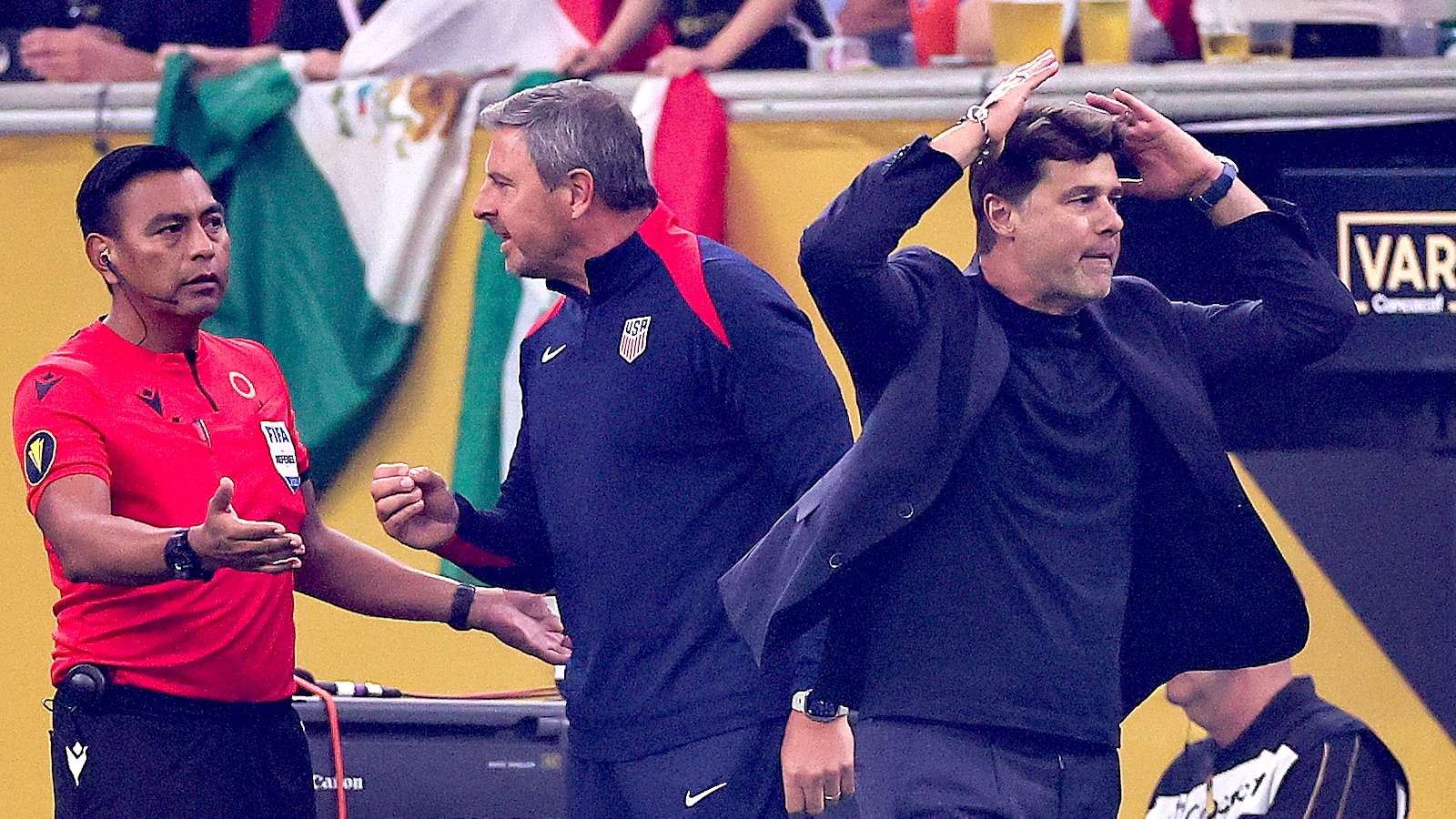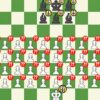
With the FIFA World Cup looming just nine short months away, the U.S. Men`s National Team finds itself in a precarious, yet perhaps necessary, state of flux. Following a rather uninspiring 2-0 defeat to South Korea, head coach Mauricio Pochettino has doubled down on his philosophy: performances, not just results, are paramount in these crucial international friendlies. While admirable in theory, the recent showing highlighted glaring deficiencies in cohesion and tactical execution. The upcoming clash against Japan isn`t just another game; it`s a critical barometer for a team grappling with identity and urgency.
Pochettino`s approach, a blend of experimentation and player-pool expansion, has undoubtedly raised eyebrows. It`s a high-stakes gambit, a frantic search for the optimal blend of talent and strategy while the clock ticks down relentlessly. The question isn`t merely if the USMNT can improve, but how quickly, and at what cost to immediate stability? As the team prepares for a pivotal encounter, three key areas will define their path forward, offering a glimpse into Pochettino`s strategic mind and the squad`s readiness for the global stage.
The Elusive Number Nine: A Quest for a Consistent Goalscorer
For years, the USMNT`s most persistent Achilles` heel has been the striker position. It`s a debate that often feels less like a battle for supremacy and more like a desperate search for any consistent threat. The recent friendly against South Korea only underscored this ongoing saga. Josh Sargent, fresh off a prolific start to his Championship season, was handed the starting nod. His performance, however, offered little to write home about: a mere 17 touches and zero shots in 62 minutes, extending an international goal drought that stretches back to November 2019. It was an opportunity that, much like many before it, came and went.
This vacuum inadvertently sets the stage for Folarin Balogun. While injury has hampered his recent club form, his brief cameo against South Korea was notably more impactful, registering four shots in just 28 minutes. Balogun’s directness and presence seemed to inject a much-needed urgency into the attack, prompting speculation that he might be the tactical fit Pochettino so desperately seeks. The Japan friendly presents a decisive stage for one of these forwards to seize the mantle, or for the debate to continue, much to the chagrin of USMNT faithful.
Tactical Flexibility: The Back Three`s Unexpected Return
Pochettino`s tactical blueprint has largely favored a back-four system, a foundational element of modern football. Yet, in the second half against South Korea, a fascinating tactical shift occurred: the introduction of Chris Richards heralded a move to a back three. This rarely-seen formation under Pochettino immediately offered a glimmer of defensive solidity, limiting the opposition to just one shot on target in the entire second half. Was this a desperate measure, or a calculated strategic pivot?
“Sometimes, you need to take some risks,” Pochettino stated cryptically, hinting at the potential for this alternative formation. This willingness to adapt, even mid-game, suggests a coach who values strategic depth over rigid adherence. The Japan match will reveal if this tactical alchemy was a one-off experiment or a genuine option for enhancing defensive stability, particularly against higher-caliber opponents. Balancing defensive robustness with offensive fluidity remains the ultimate chess match for any international manager.
The Roster Carousel: Newcomers` Last Audition Before the World Cup
Pochettino has explicitly labeled these September friendlies as the “final chance” for his player pool expansion project. It`s a veritable revolving door of talent, a strategy designed to cultivate depth but one that, inevitably, strains team chemistry. Against South Korea, the USMNT`s lack of cohesion was palpable, an almost predictable outcome given Pochettino`s preference for using 14 different lineups in 17 matches.
The coach, however, remains unapologetic:
“At the World Cup, it’s not a moment to make tests or to give the possibility to get experience. That is why you cannot be surprised.”
His logic is sound: better to discover limitations now than on the biggest stage. This includes managing players` fitness, as seen with the cautious exclusion of Malik Tillman. The Japan friendly will thus serve as a high-pressure audition for those on the fringes, a final opportunity to prove they can push the more established players and earn their spot on the World Cup roster. It’s a ruthless meritocracy, essential for building a resilient squad, even if it means sacrificing some immediate familiarity on the pitch.
The USMNT`s journey to the World Cup is rapidly approaching its zenith. The friendlies against South Korea and Japan are more than just exhibition matches; they are vital diagnostic tools for a team under pressure. Pochettino`s experimental approach, while sometimes frustrating for fans yearning for immediate results, is a calculated gamble on building a robust, adaptable squad. The Japan match is not merely about reversing a recent loss; it`s about finding answers to profound questions about leadership in attack, tactical versatility in defense, and the ultimate composition of the team. With the World Cup clock ticking louder with each passing minute, tangible progress, not just “lessons learned,” is now an absolute necessity.










